Modern fighter pilots are experiencing a revolutionary shift in cockpit technology. With the latest advances in helmet-mounted displays and eye-tracking systems, they’re now able to control key aircraft functions just by looking. The result? Faster reactions, reduced pilot workload, and a whole new way of flying.
The Evolution of Helmet-Mounted Displays

Leading this evolution is the F-35 Lightning II. Its custom-built helmet offers a 360-degree digital view of the battlefield and overlays critical data directly onto the pilot’s visor. As WIRED reported, the pilot can even “see through” the jet using external cameras linked to the helmet, making the aircraft feel almost transparent in combat.
Eye-Tracking Technology Enhances Control
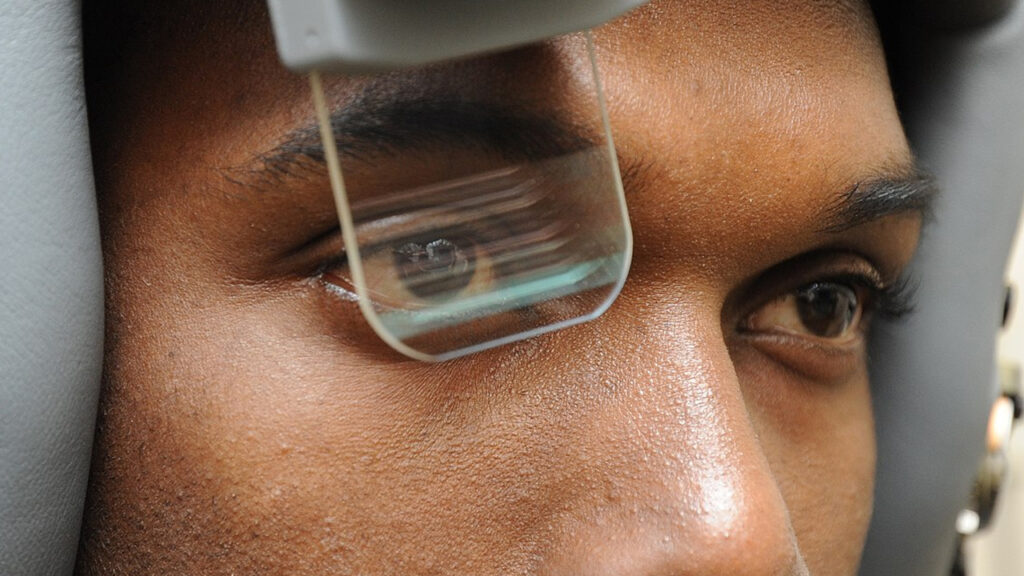
The latest generation of fighter systems includes sensors that track exactly where the pilot is looking. At BAE Systems, developers are pairing this with flight software that can instantly switch radar modes, weapons, or displays based on gaze direction. According to Aerospace Testing International, these systems were developed with real pilot input to ensure they work under pressure—without distraction or error.
From Targeting to Communication
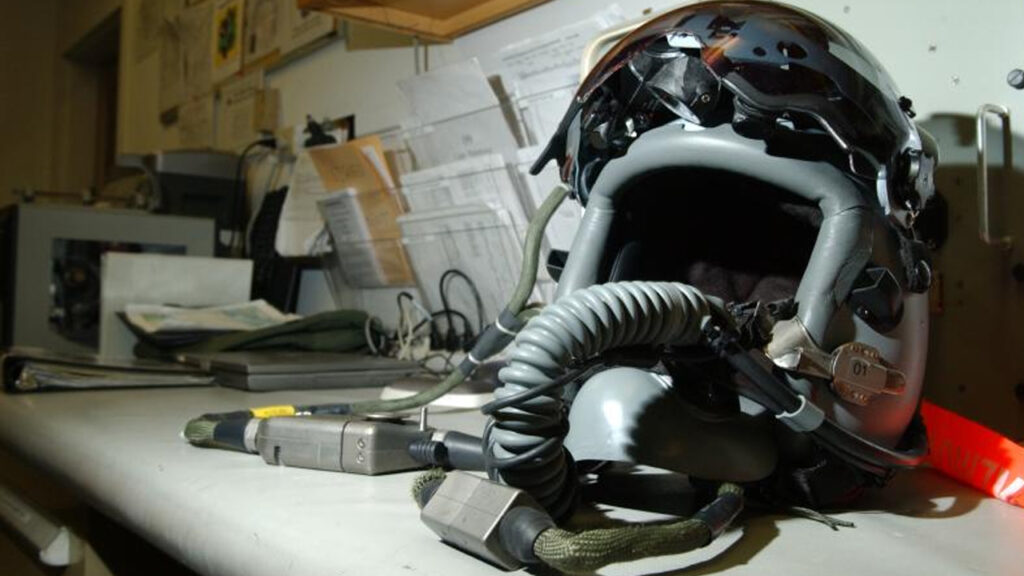
But the tech doesn’t stop at targeting. Engineers are now working on systems that combine eye-tracking with voice commands, enabling pilots to interact with the aircraft in a more natural way. Instead of flipping switches, they could look at a friendly on-screen unit and give it a spoken task. The goal is to make communication as fast and fluid as the action around them.
Improving Pilot Performance and Safety
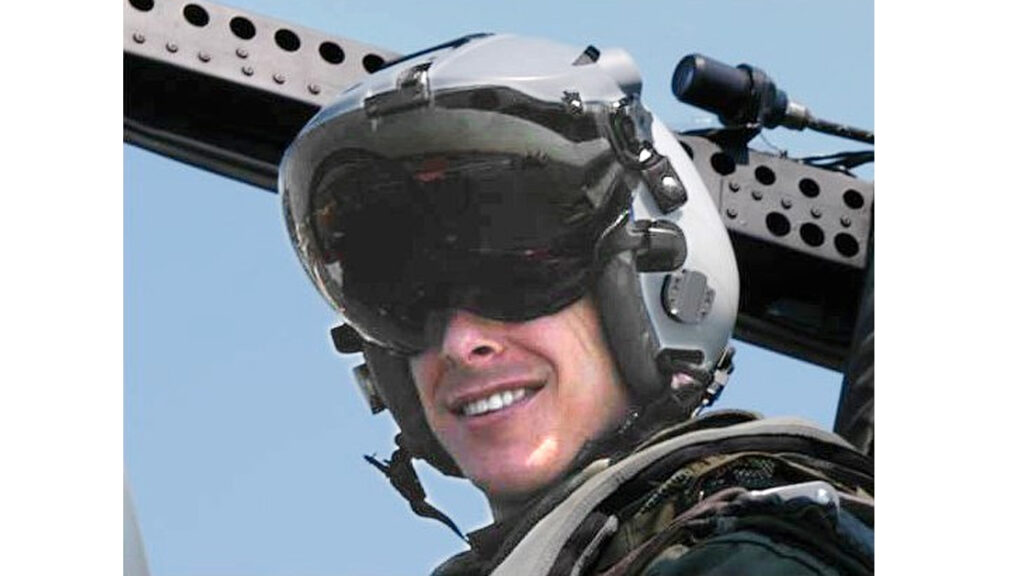
These same systems can also help track the pilot’s physical and mental state. By monitoring blink rate and eye movement, AI can detect fatigue, stress, or even early signs of overload. In one case reported by Aerospace America, researchers demonstrated how this data could alert pilots or mission control when something’s off—before it leads to mistakes.
The Future of Aerial Combat
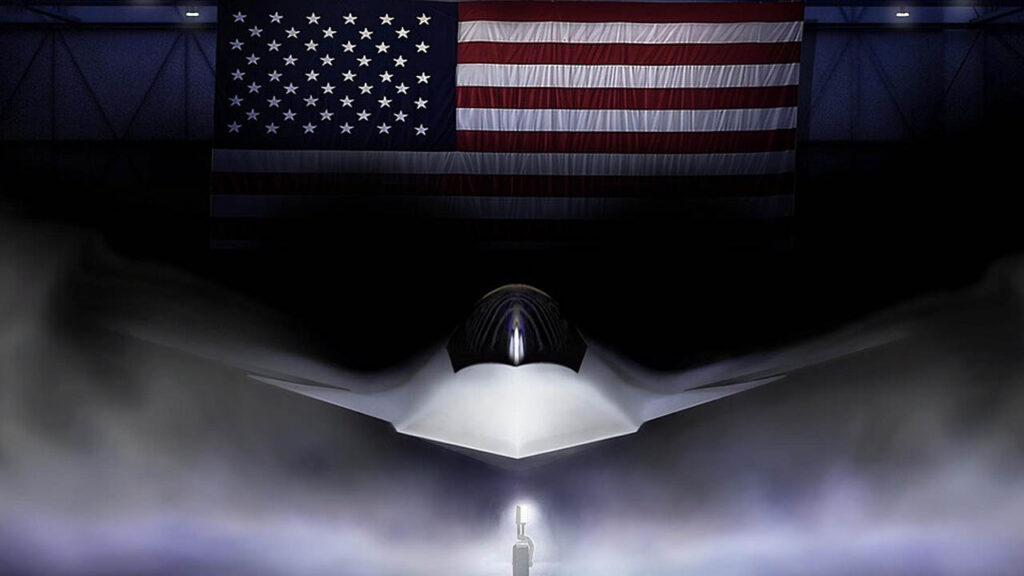
The next-generation of fighter jets, like the Tempest and NGAD, are expected to take all of this even further. As the cockpit becomes more connected to the pilot’s body and brain, aircraft will respond faster—and more intelligently—than ever before. The eyes won’t just guide the plane. They’ll become the primary interface between human instinct and machine speed.


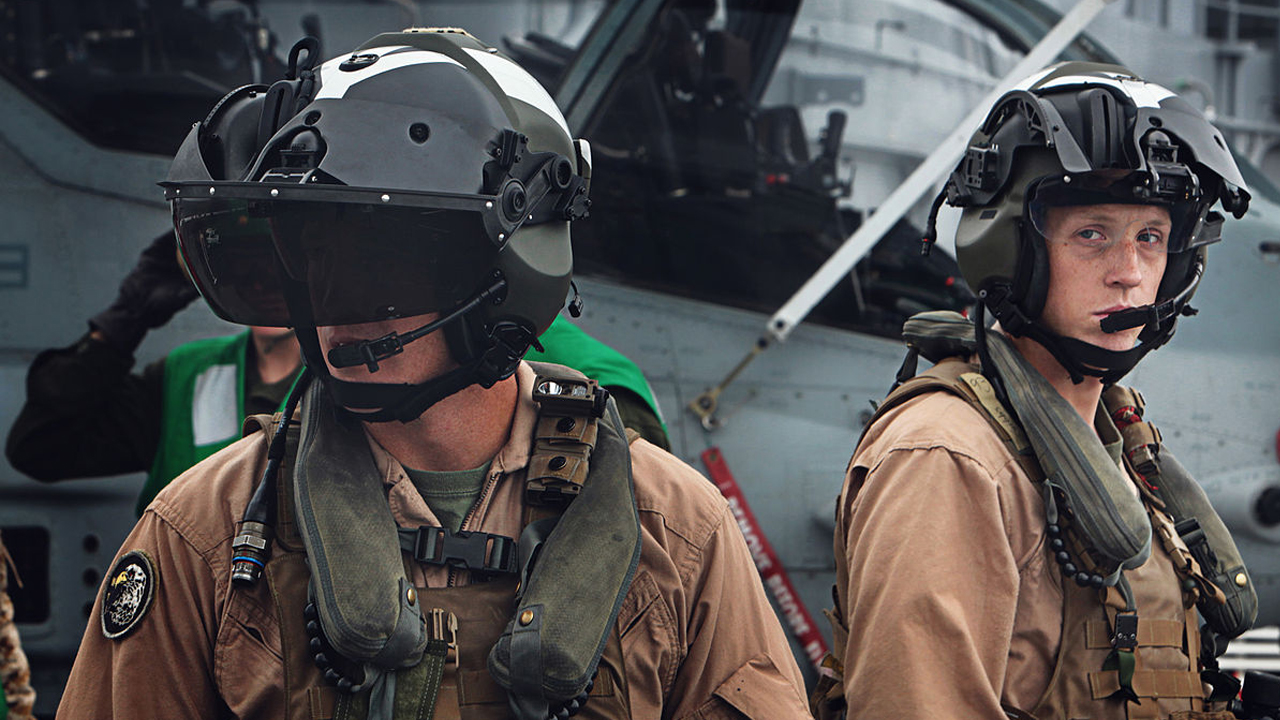

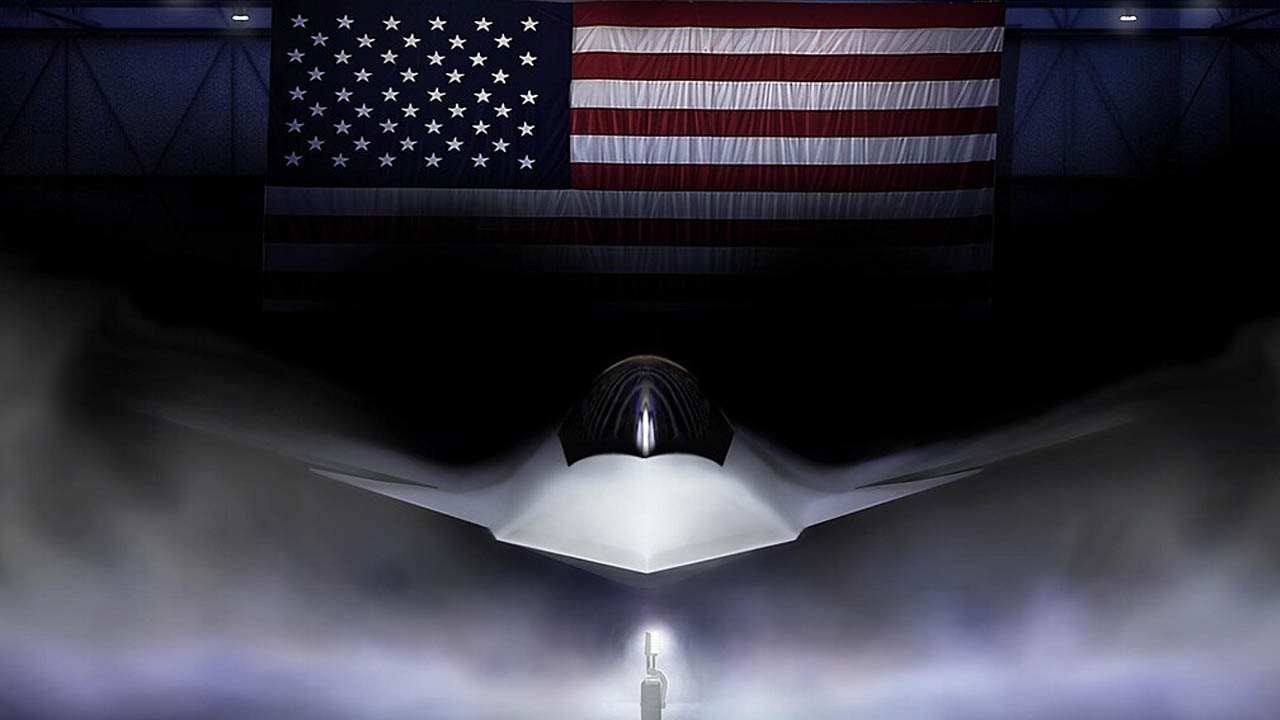
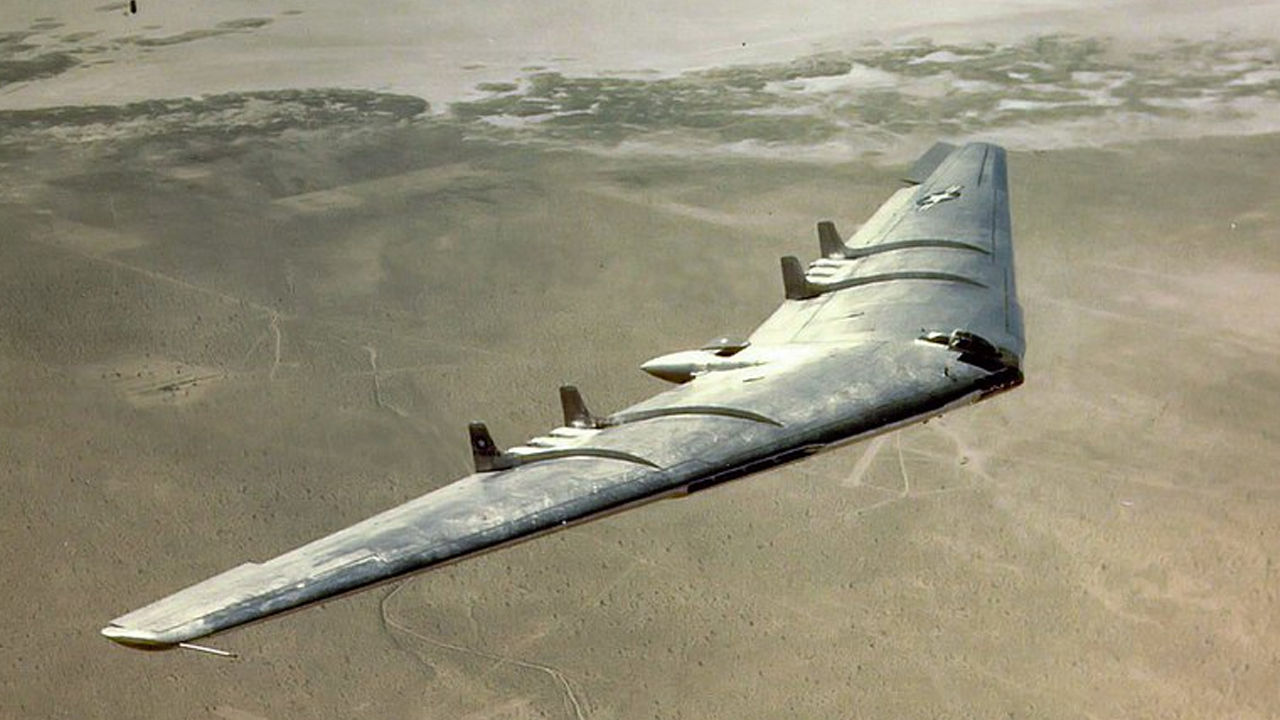
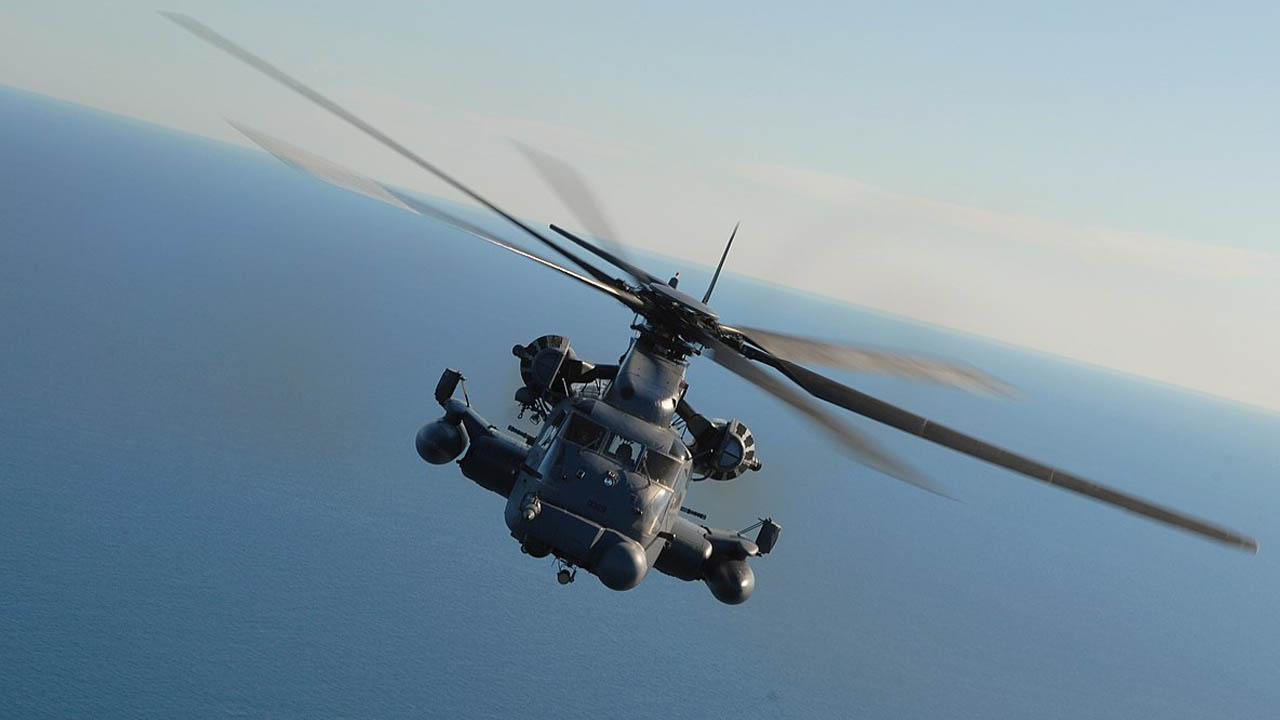
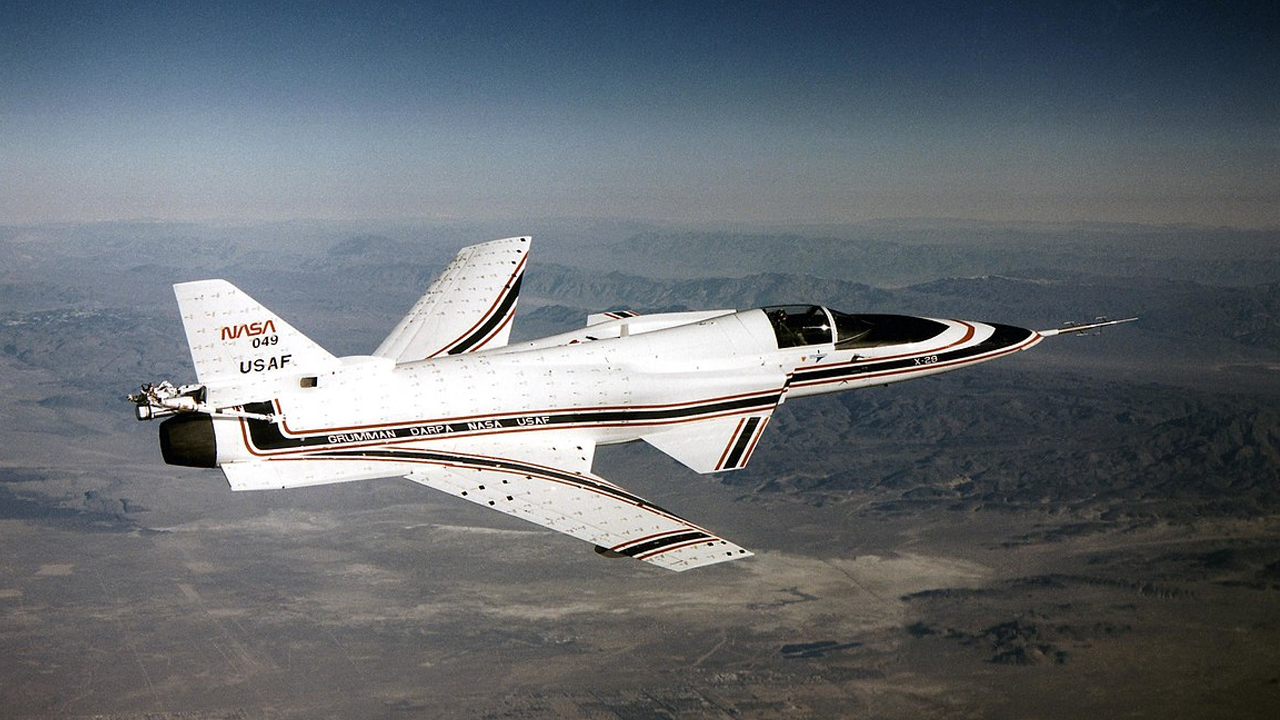
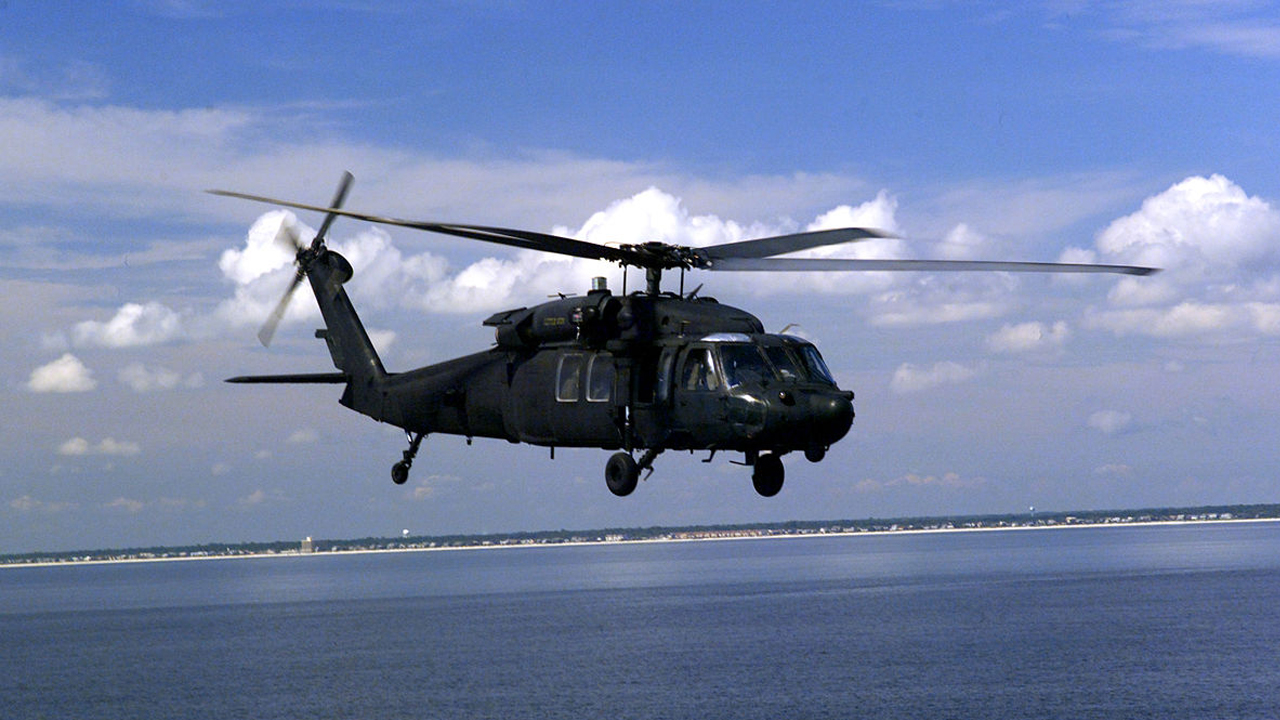
Leave a Reply